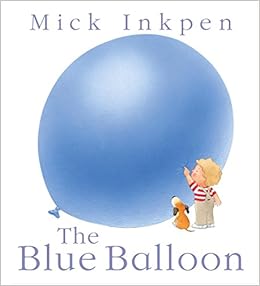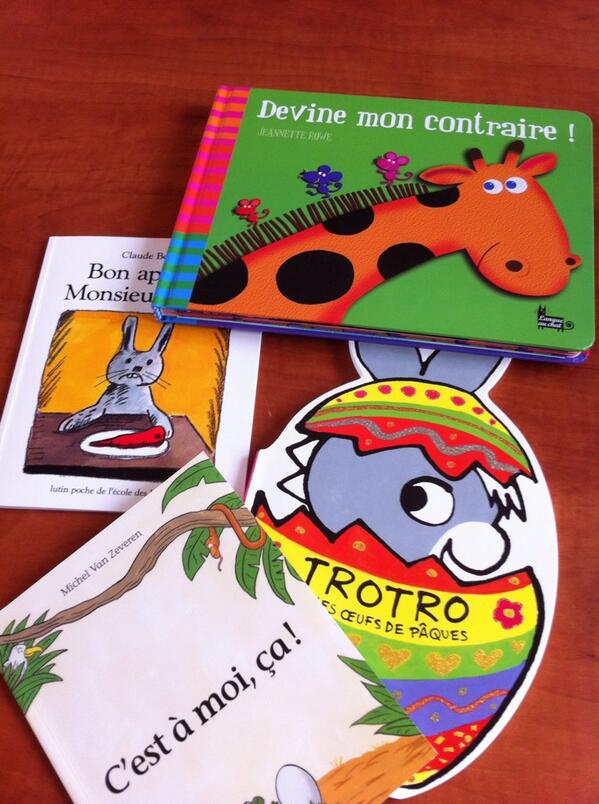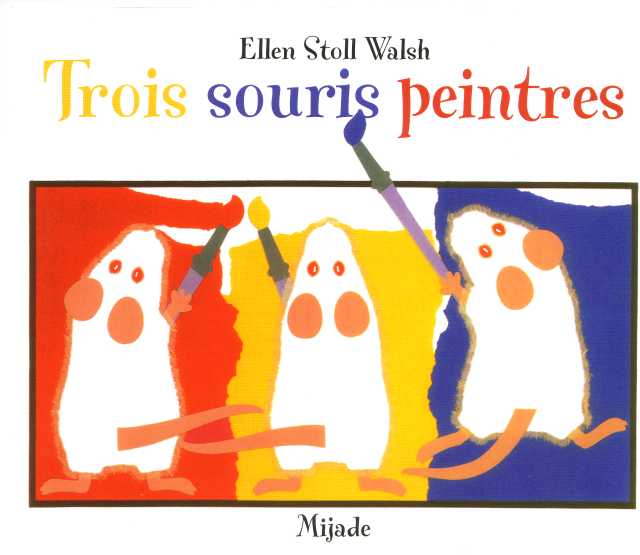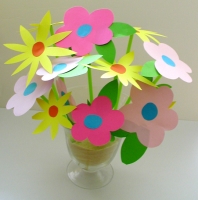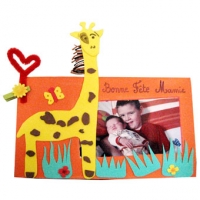So last week I was in France and Spain and I spent sometime looking in book shops (as I always do). Here is my list of books from my last visit to Spain (Barcelona) Spanish books 1 but this time I had a specific shopping list.
Here are my buys and my reasons why I selected the book(s)!
A book of simple KS1 rhymes
I wanted a book to refresh the rhymes we have been using in KS1 language learning.
This book has 6 traditional rhymes in it-one per half term as a new action rhyme to learn and practise with Year R/ Year 1
- a train rhyme (let's change the mode of travel too!)
- hands and actions (verbs- possibly useful in Y3 and Y4 too!)
- a rhyme about riding a horse ( we could change the animal here!)
- a rainy day rhyme (que llueva,que llueva- we can learn and then watch from a clip on You Tube and use on rainy days whenever they hapen!)
- a rhyme about ducks in the water- great for a lazy summer rhyme with actions!
- a bedtime rhyme - one for the children to learn and then teach their parents!
A Colours book for KS2 (beginners to moving on)
We have lots of books aboout colours but i wanted to find a book in spanish that began to unpack adjectival agreement.
Lovely book which has two objects per double page with the spelling similarities or changes using on colour (e.g.fresa roja/bol rojo)
We are going to be able to use this as a model to discuss and then also to create our own booklets about colours and adjectival agreement!
A book to develop and extend vocabulary at word level (Y4)
We seem to have spent some time this hyear developing our yooung learners use of bilingual dictionaries and this very simple book allows us to investigate "opposites"
I have written a blog post abpouyt a game I think we can create with the children using this book - or the concept of the book.
A book to develop or reinforce cafe language and roleplay about the cafe (KS2)
If you read the blog mentioned at the top of this post you will know that I breally love this series of books.I bought " supermercado" last time!
This time I have bought the cafeteria.
It's got signage , language in speech bubbles , lists and the wonderful pull out roleplay frieze at the back , that makes in to a small cafe.
I think teachers will be able to use this frieze to create or adapt their own role play areas.
I see teachers across KS2 being able to use the book to develop roleplay , performance and signage for their own role play areas!
Links with maths (KS2)
This book packs a punch! I was looking for a book about shapes as we have probably got enough counting and number books and I wanted ot investigate another area of maths through language learning.
- The book has a lift the flap page at the front with the names of the shapes under the different shaped flaps.(We could cretae our own books like this!)
- It has double page spreads with a theme - at the port/at the circus /birthdays - so we can revisit thew book over and over again!
- Each double page spread has simple questions- problems to solve (We could create our own simple problem questions!)
- Plus there are maths problems such as how many sides/corners fo the shapes have! (We can do some shape/ sides and corner maths here too!
Year 6 Leavers and writing full sentences
The new DFE POS aspires to language learners writing independently sentences using nouns, common verbs and adjectives.This book met the criteria I had as a coourful lighthearted book at the end of Year 6 to celebrate what our Y6 can do in the target language and to look forward to the future.
It is a book about roles and jobs in the first person singular describing thje role each character has / does.
A book with instructional text to help us be creative and make items for special events (KS2)
I was looking for a book that had clear instuctions and pictures to guide non-specialist/specialist teachers and their classes in the target language as they made special items to celebrate events .
It contains colour,well laid out clear double pages for:
party bags
birthday cakes and candles
christmas cards
lanterns
butterfly mobiles
summer flowers
witches hats
pirates hats and eye patches
etcetra!
Books that are just that bit more sophoisticated for UKS2 with links to other areas of the curriculum (UKS2)
I found two great books one about the faarm and one about castles by Usborne!!
What I like about these is there is detail e.g crops, machinery, seasons etc about the farm and in the book below aboit the castle double page spreads on key features of life in a medieval castle- a banquet/ the kitchen / the grand hall / the tower etc
Both books have flaps to lift and ask and answer questions














